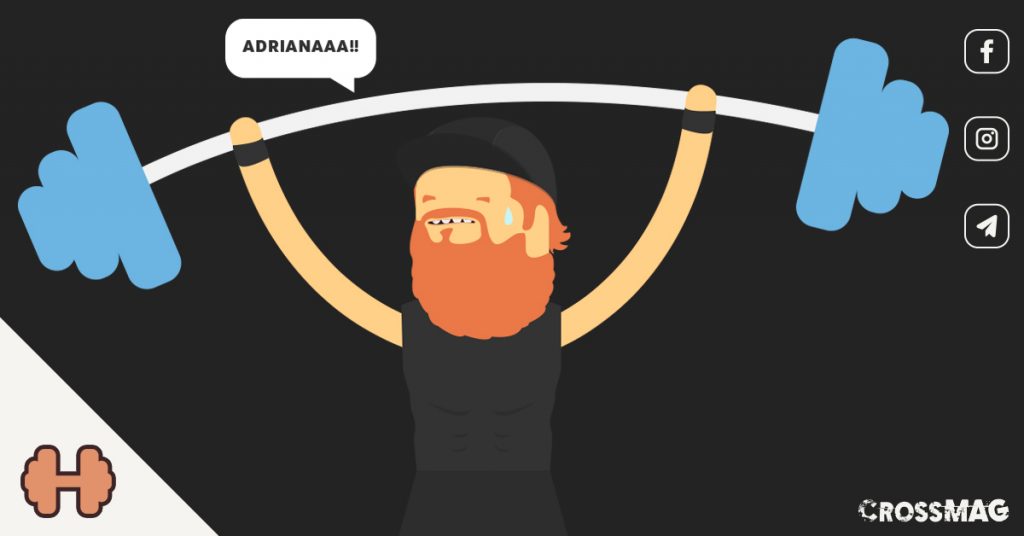If you're wondering if you can continue to make progress in the gym as you age, we have the answer for you: of course!
You can become stronger and stronger over the years; the weightlifting it is one of the most important forms of exercise that you can perform for to stay fit and good health: you build muscle mass, get stronger and keep active metabolism, but all this doesn't happen by chance...
Here 6 tips to stay healthy by practicing weight lifting for over 50s:
Index
1.Do not lift weights if you feel pain
This is the first rule for everyone, especially for those over 50, who may be more prone to chronic injury and pain.
Il pain is the alarm bell of our body to tell us that we must stop!
A little rest will surely bring relief and you can again try to lift weights with that muscle that used to hurt you.
2. Train what does not cause you pain
Each accident it is both a warning and a veiled opportunity!
Does your elbow hurt you that day? Avoid all the bending movements of the arm that cause you that pain, but nothing prevents you from training the legs or other muscles that do not involve the elbow.
3. Do the most problematic exercises last, not first
Most of the orthopedic problems related to weight lifting derive from the execution of those exercises that we perform first!
La panca is a common example: most men start with this precisely because they feel they have more energy, and then move on to their back and shoulders or arms ...
If, on the other hand, this sequence is reversed, by training the back, shoulders or arms first and then performing the bench press, the elbows will be warmed up properly by exercises that put less stress on them!
Of course, the early days will rise less heavy loads, but in the long term, elbows, biceps and tricepsi will be stronger and this will help a lot on the bench.
4. Increase your reps:
Is it better to be stronger or more muscular?
This is the dilemma of many bodybuilders and athletes in general; traditionally these 2 objectives suggest different methodologies: high weights and lower repetitions for the first and vice versa for the second.
However, you can learn to lift heavy weights and increase your repetitions at the same time; this simply requires the use of a different type of “force”; if you can lift a heavier weight than you were lifting previously, for 10 repetitions, it means that the force It is increasing!
5. Find the exercises in which you are stronger
Not everyone is able to push safely with i deadlift and maybe, at the same time, lift important loads on the bench; it takes time to understand which exercises they can become our workhorses and everyone will have different ones.
You will know you have found one when you can run it with one good techniquedespite the heavy weight load and without annoying pain or injury.
If you are unable to perform an exercise with good technique or continue to experience pain, do not insist, listen to your body and look for alternatives.
6. Don't just focus on the load in the exercises
We always hurt ourselves in the exercises we care about most; bench, deadlifts and squatting they are among the first exercises to cause injuries.
The problem is not in the exercise itself, but in the force with which we push in these movements. The older you get (over 50), the more advisable it is to try to get gratification not only with heavy loads, but also with things like:
- grow muscle or lose fat
- feeling good and full of strength after a workout
- have no pain or injury for a long time
There is nothing more beautiful than feeling good and the more you get older the more meaning this statement makes. If you want to talk about all these topics related to CrossFit®, subscribe to the dedicated Telegram channel:SUBSCRIBE HERE TO THE TELEGRAM CHANNEL

